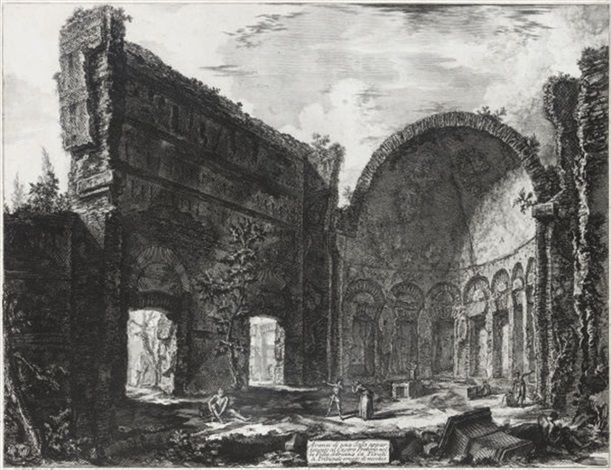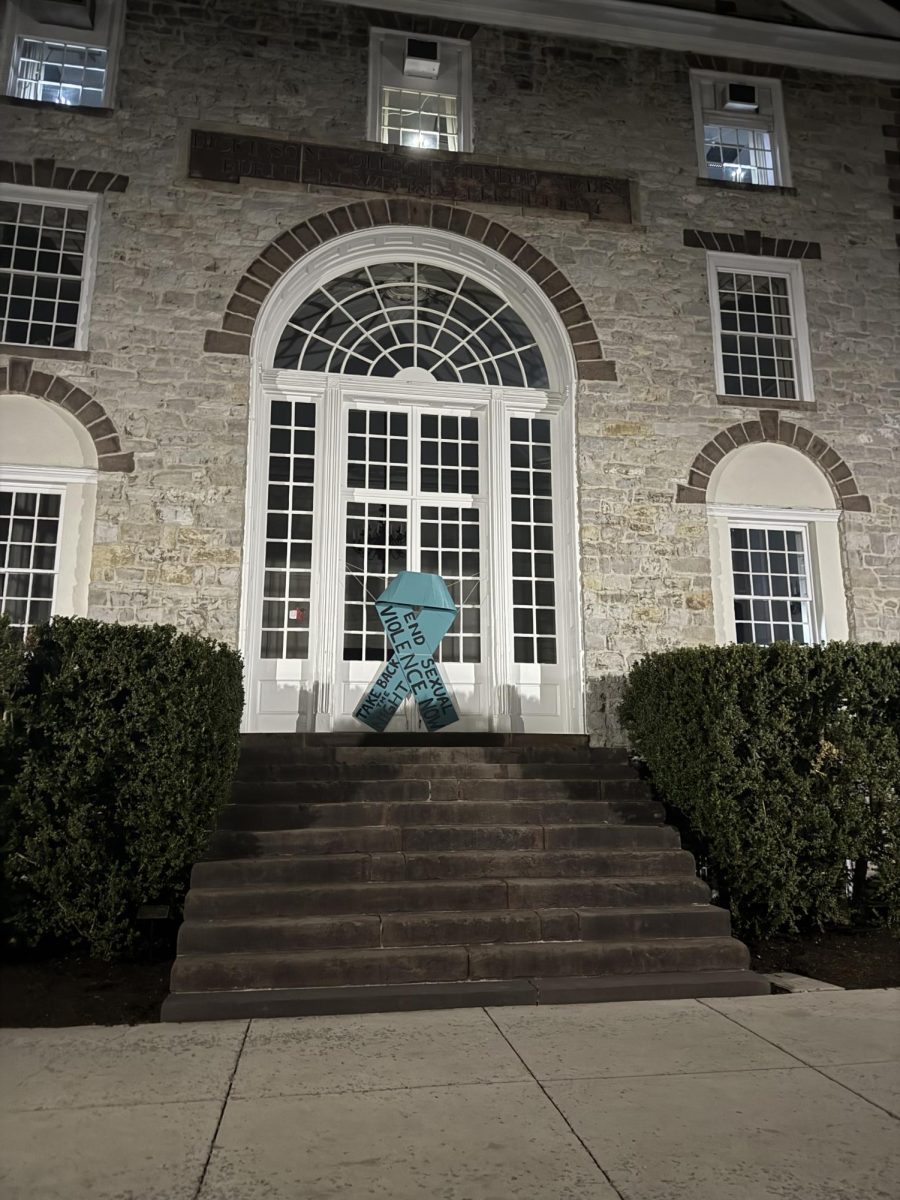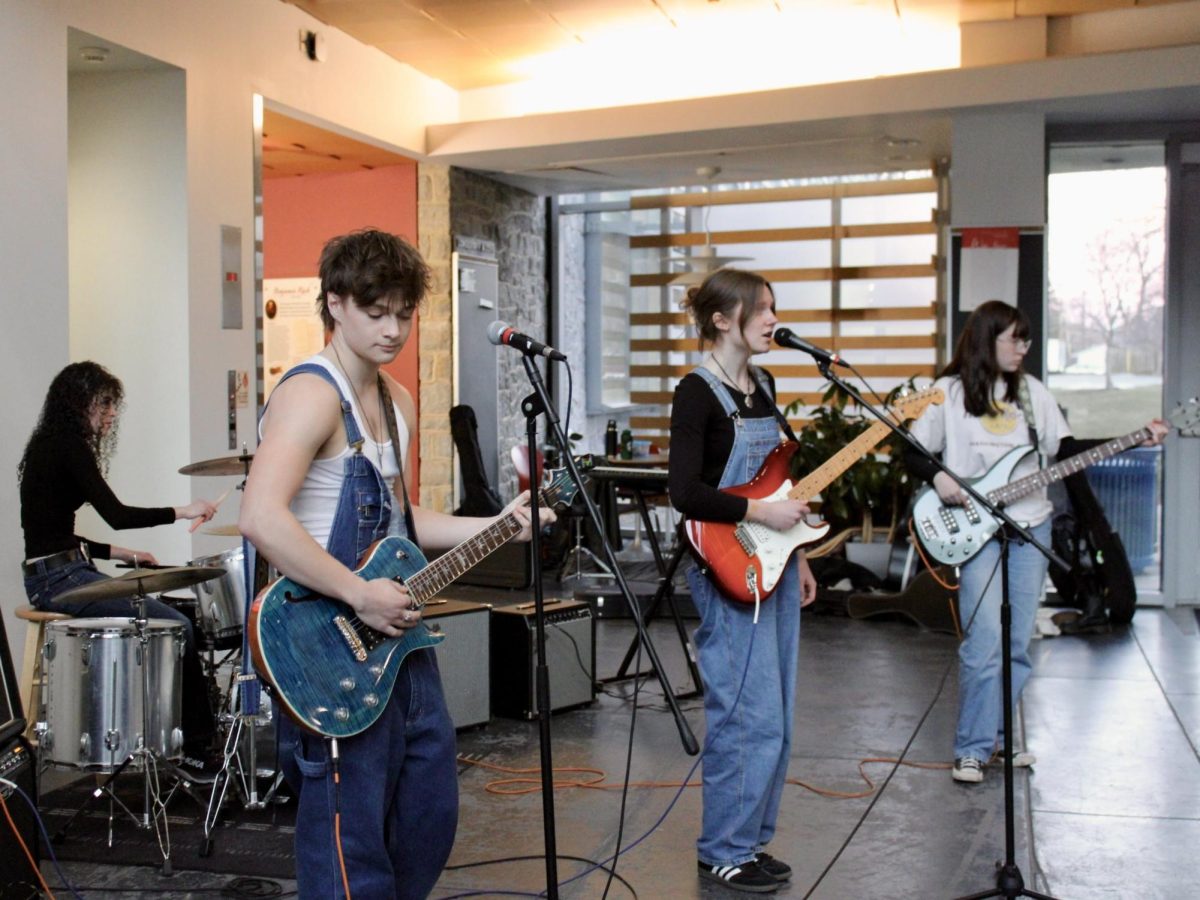Emily Angelucci ’24, studying Anthropology, Archaeology, and Art History, recently presented on the new Trout Gallery exhibit she herself curated, “Souvenirs of Ruin: Piranesi and the Birth of Western Tourism,” which will be shown until February 10.
The exhibit revolves primarily around pieces made by Giovanni Battista Piranesi, an eighteenth-century Italian artist whose work was often sold as print souvenirs to embarkers on the “Grand Tour” of Europe, an eighteenth- and nineteenth-century tradition in which wealthy young men traveled around Europe to visit ruins from antiquity.
Piranesi’s intricate black-and-white prints depict ancient monuments that are larger than they are in real life, juxtaposed against the miniscule human figures usually present in the foreground. His manipulation of scale and perspectives portray the intricate Roman and Egyptian architecture and nature as otherworldly and majestic. Also present in this exhibition are a few prints of ruins which do not really exist at all, from Piranesi’s series “Imaginary Prisons.” In all these works, Piranesi drew inspiration from the archaeological digs in Rome that were happening while he lived there—he would often go to the sits and draw what was happening.
Commodore Jesse Duncan Elliott, a Dickinson College trustee, embarked on an Americanized “Grand Tour” of his own when he was stationed in the Mediterranean as commander of the USS Constitution in the 1830s. Some of the artifacts he brought back with him—including a chunk of the Parthenon and a piece of mummy linen—were gifted to Dickinson, and today appear in the exhibition.
The exhibition aims to put the two collections in conversation with each other to interdisciplinarily showcase to visitors what the “Grand Tour” was like, and how it evolved into modern-day tourism.
Angelucci’s involvement with the project came from a class she took last semester with Professor Andrew Dufton, in which they examined some of the pieces donated to the College by Commodore Elliot. Over the summer, she and Professor Dufton continued to research Elliot, and when she found out that Piranesi’s work was coming to the Trout Gallery, Angelucci took the opportunity to connect her two areas of interest and apply her archaeological knowledge to the show.
As the student curator of the exhibition, Angelucci was involved in all aspects of putting it together from the brochure, to which pieces to include, to the wall color that would emphasize them best. Her favorite part of the process was being able to include her archaeology experience and prior research in the exhibit and hopes to demonstrate that exhibits at the Trout Gallery can be useful for not just art students but those in other disciplines as well. This project helped Angelucci, whose goal is to be a museum director, expand her curatorial experience—about which she was initially nervous because of her more limited experience with art history. She appreciated being able to develop her sense of the aesthetic connections between each print, and how to understand and share the depth of each one.












